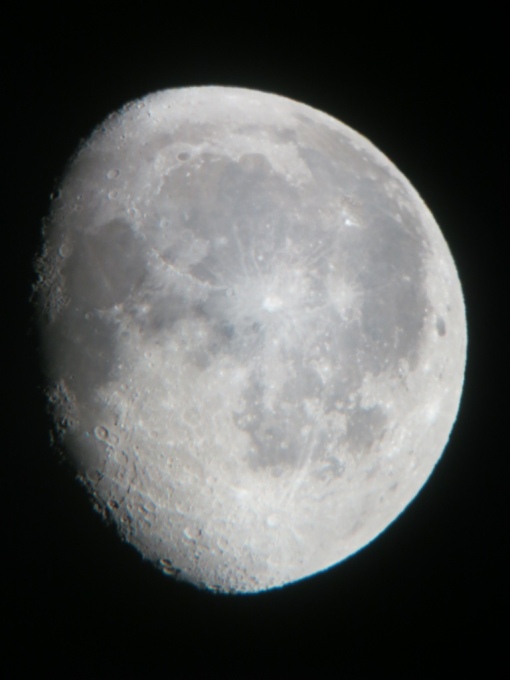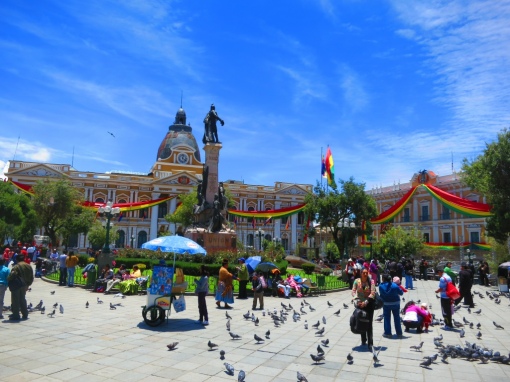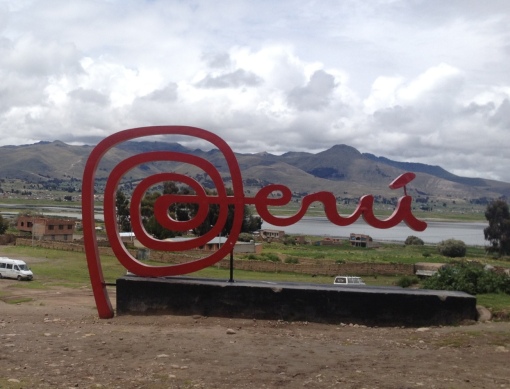Hey guys!
We’ve decided to update the blog to make it easier to navigate and also took some time to make it look a little fancier. Unfortunately we aren’t able to move subscribers over to the new site, so you will have to re-subscribe. Please go to http://www.Yusevian.com and fill in your email address at the bottom of the website, then follow the directions that you receive in your email.
You make us feel special when you follow us, so PLEASE PLEASE continue!!!!!!
Thanks,
Yus & Nat








